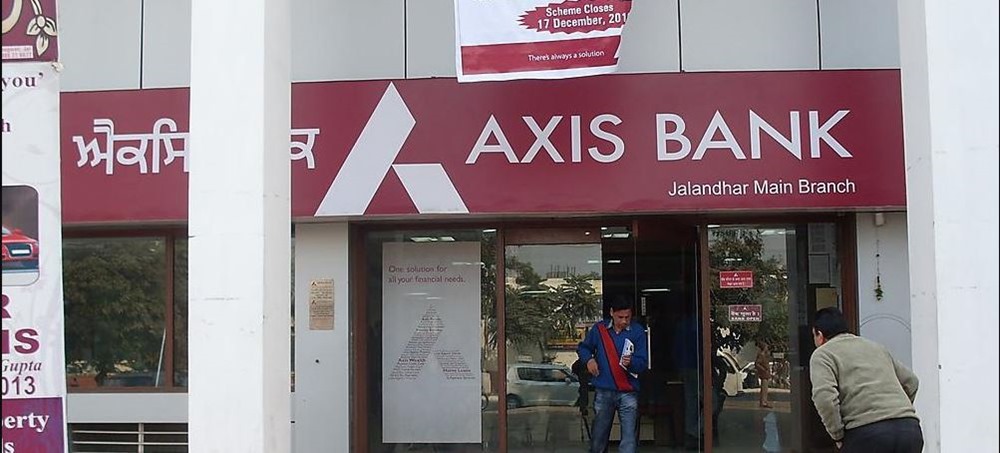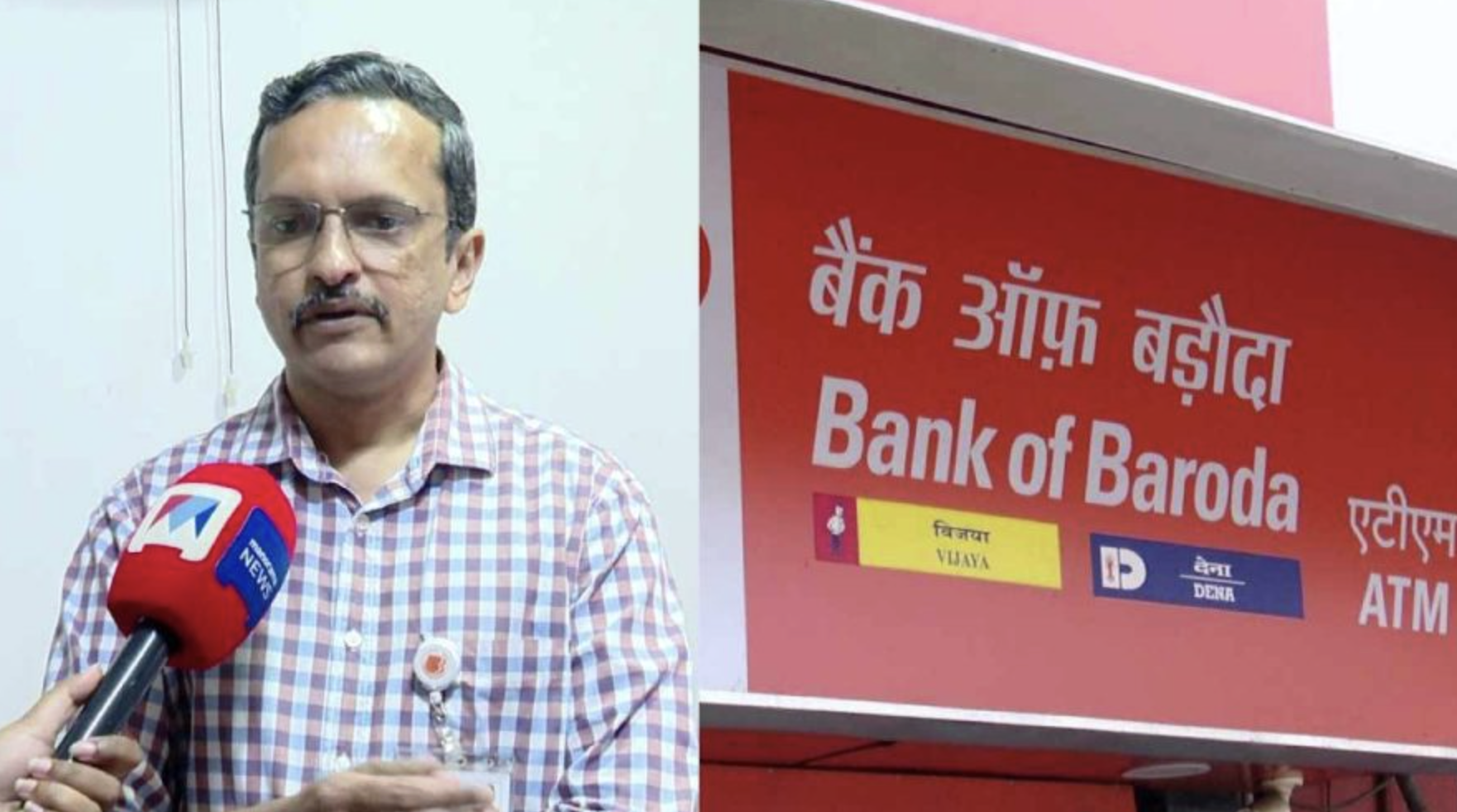A recent World Bank report reveals that over 100 countries, including India, face significant challenges in transitioning to high-income status within the next few decades.

The World Development Report 2024: The Middle Income Trap highlights that New Delhi may take approximately 75 years to reach just one-quarter of the US income per capita. Similarly, China would need over a decade, and Indonesia nearly 70 years, to achieve the same milestone.
The Middle-Income Trap Explained
The middle-income trap refers to the phenomenon where countries experience rapid growth initially but struggle to maintain that momentum as they reach middle-income levels. According to the report, nations typically encounter this trap when their annual GDP per capita hits around 10% of the US level, equivalent to USD 8,000 today. At the end of 2023, 108 countries fell into the middle-income category, with GDP per capita ranging from USD 1,136 to USD 13,845. These nations collectively host 75% of the global population, including two-thirds of those living in extreme poverty.
Challenges Ahead
The path to high-income status is fraught with more formidable challenges than in previous decades. Key obstacles include rapidly aging populations, escalating debt, intense geopolitical and trade tensions, and the increasing difficulty of advancing economic progress without harming the environment. The report suggests that many middle-income countries still rely on outdated strategies that prioritize investment expansion, akin to driving a car in first gear and expecting it to speed up.
Need for a New Strategy
Indermit Gill, Chief Economist of the World Bank Group, emphasized that adhering to old economic playbooks will prevent most developing countries from creating prosperous societies by mid-century. At current growth trends, the forecast for reaching a quarter of the US income per capita is bleak: over ten years for China, nearly 70 years for Indonesia, and 75 years for India. The report stresses that the battle for global economic prosperity will be determined largely within middle-income nations.
Proposed Strategy for Transition
To escape the middle-income trap and reach high-income status, the World Bank report recommends a sequenced and progressively sophisticated mix of policies tailored to each country’s development stage. Since 1990, only 34 middle-income economies have transitioned to high-income status, with many benefiting from either European Union integration or previously undiscovered oil resources.
Conclusion
Achieving high-income status is a complex and arduous journey for middle-income countries. The World Bank’s report underscores the need for innovative, adaptive policies to overcome the entrenched middle-income trap and create prosperous, sustainable societies for future generations.













